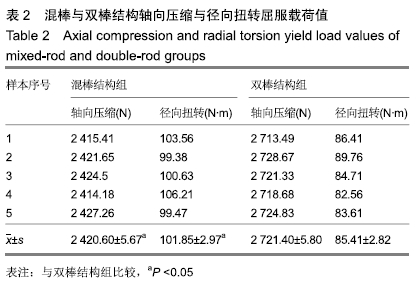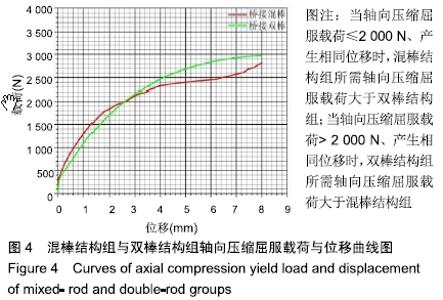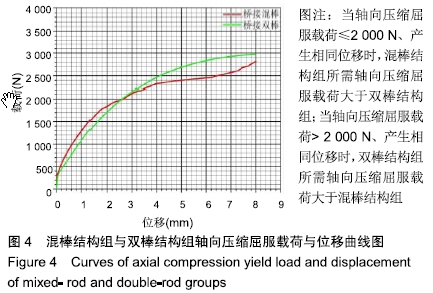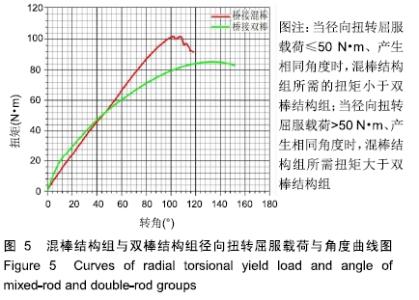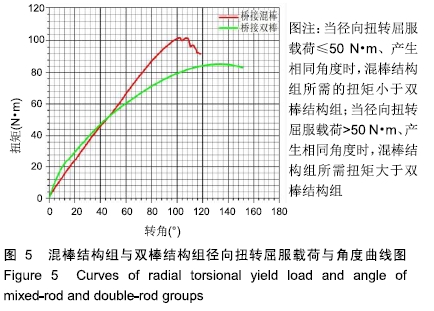[1] COURT-BROWN CM, CAESAR B.Epidemiology of adult fractures: A review. Injury.2006;37(8):691-697.
[2] WEISS RJ, MONTGOMERY SM, AL DABBAGH Z, et al.National data of 6409 Swedish inpatients with femoral shaft fractures: stable incidence between 1998 and 2004.Injury.2009;40(3):304-308.
[3] FU Q, ZHU L, LU J, et al.External Fixation versus Unreamed Tibial Intramedullary Nailing for Open Tibial Fractures: A Meta-analysis of Randomized Controlled Trials.Sci Rep.2018;8(1):12753.
[4] HAHN D, BRADBURY N, HARTLEY R, et al.Intramedullary nail breakage in distal fractures of the tibia. Injury.1996;27(5):323-327.
[5] 赵烽,熊鹰,张仲子,等.桥接组合式内固定治疗股骨骨折的效果及生物力学特[J].中国组织工程研究,2014, 18(13):2127-2132.
[6] 吕志强,李兴华,王爱国.桥接组合式内固定与金属锁定接骨板钉系统修复股骨干骨折的生物力学比较[J]. 中国组织工程研究, 2016,20(17):2 555-2561.
[7] 李群辉,陆继鹏,熊鹰,等.比较钢板与桥接组合式内固定系统对犬胫骨骨折愈合的影响[J].中国矫形外科杂志, 2011,19(22):1910-1912.
[8] 温洋,沈师,张喜海,等.桥接组合式内固定系统与数字化定制钢板治疗复杂四肢骨折的临床疗效[J].重庆医学, 2018,47(14):1908-1911.
[9] 张涛,张红军.桥接组合式内固定手术与锁定加压钢板内固定术治疗四肢骨折的效果比较[J].湖南师范大学学报(医学版), 2018,15(3):170-173.
[10] 熊鹰,李群辉,柳百炼,等.桥接组合式内固定系统与锁定接骨板钉系统在股骨骨折应用中的有限元分析[J]. 中国组织工程研究,2012,16(30):5516-5519.
[11] BUCHOLZ RW.Rockwood and Green’s Fractures in Adults.7th ed. Philadelphiia: Lippincott Williams & Wilkins,2010:1018.
[12] 王雨辰,俞伟忠.桥接组合式内固定系统的临床应用及生物力学研究进展[J].中国矫形外科杂志,2017, 25(24):2256-2258.
[13] 任云峰,贾福,赵烽,等.微创桥接组合式外固定治疗儿童尺桡骨骨折的临床体会[J].河南科技大学学报(医学版), 2015,33(3):166-177.
[14] 张伟,金琼,万德余,等.桥接组合式内固定治疗胫骨干粉碎性骨折的临床研究[J].中国骨与关节损伤杂志, 2017,32(4):409-410.
[15] 徐永清,吴一芃,熊鹰,等.桥接组合式内固定系统治疗四肢骨折[J].中华创伤骨科杂志,2018,20(6): 465-469.
[16] 张永先,唐晓凤,王超,等.桥接组合式内固定系统治疗股骨复杂骨折疗效观察[J].人民军医,2018,61(3): 238-240.
[17] 张会增,张同润,马楠,等.桥接组合式内固定系统治疗长骨骨折术后骨不连[J].临床骨科杂志,2017, 20(5):623-625.
[18] 何忠,李开静,王强,等.桥接组合式内固定系统治疗股骨干骨折术后钢板周围在骨折[J].中国骨与关节损伤杂志, 2017,32(8):845-846.
[19] 胡蕴玉.现代骨科基础与临床[M].北京:人民卫生出版社,2006:76.
[20] SCHNEIDER E, MICHEL MC, GENGE M, et al.Loads acting in an intramedullary nail during fracture healing in the human femur. J Biomech. 2001;34(7): 849-857.
[21] DUDE GN, SCHNEIDER E, CHAO EY.Internal forces and moments in the femur during walking. J Biomech.1997;30(9):933-941.
[22] 李群辉,陆继鹏,熊鹰,等.比较钢板与桥接组合式内固定系统对犬胫骨骨折愈合的影响[J].中国矫形外科杂志, 2011,19(22):1910-1912.
[23] 罗先正,邱贵兴,梁国穗.髓内钉内固定[M].2版.北京:人民卫生出版社, 2008: 26.
[24] 张伟,金琼,万德余,等.桥接组合式内固定治疗胫骨干粉碎性骨折的临床研究[J].中国骨与关节损伤,2017, 32(4):409-410.
|

